A teacher’s planning period is sacred (or it should be), but it never feels like enough time to complete the 62,000 tasks a teacher needs to do each day. This is why teachers so often work nights or the weekends. Let’s talk about some ways to improve the efficiency of this time.
Note: No school is the same, you may have one 90 minute planning period or two 45 minute planning periods, or maybe you have 1 prep or 3 preps. And using these tips will not necessarily mean you will never have work to take home, but hopefully, these tips will help you use your time wisely.
Be sure to grab our printable planner pages down below!

Tip #1: Use Every Minute
If you want to make use of every minute of your planning period, then you need to start about 5 minutes before dismissal of the class that precedes your planning period.
That means, give yourself a nice buffer for any type of clean up. One of my coworkers had an alarm set to five minutes before each of her classes ended Monday through Friday, so she never let the bell sneak up on her.
Make sure you are using class time for clean-up and set-up for the next class that comes after your teacher planning period. I would get into the habit of letting students who were still trying to finish up an assignment take a few minutes of their passing period to work on it. Or I would clean up after students – push in chairs and tidy papers. This was wasting my time!
When that bell rings, students should be leaving. They should all be out of your classroom in like 20 seconds. If I knew I needed to make copies, I would try to follow students out of the classroom. If I needed to have a conversation with a student, then I would try to walk and talk. If I needed that intentional face to face, then I would make it happen, but I tried to limit it to only when necessary.
Tip #2: Know Yourself
Ask yourself: what do I need from my planning period?
Yes, you have a lot of work to do, but what does your mind and body need from this time?
- Do you need a mental break?
- Do you need to talk to another adult or have some meaningful interaction with another member of your team?
- Do you need silence?
- Do you need to eat, rest your feet, or go to the bathroom?
- Do you need to feel sunshine on your face? One year, I had a windowless room, so I made an effort to go outside during the day.
Since we are humans that are pretty contained with small humans for most of our day, you should definitely consider your physical and emotional needs along with your work needs during your planning period.
Whatever it is you need, give yourself a timeframe, and fulfill your needs. Then you can get back to work!
Tip #3: Plan Your Week then Work Your Plan
Take 15 minutes to look at your calendar for the week. You can do this Sunday evening or Monday morning. Pencil in anything that is scheduled that you have already committed to – ARDS, grade level meetings, bus duty. Make sure to include upcoming deadlines – like a grade submission.
When you have a clear picture of what needs to get done and what time you have left to do it, you can better plan your tasks like planning, prepping, and grading.
If an ARD on Thursday was going to use up most of my planning time on that day, I needed to know how I should structure Monday through Wednesday’s planning periods to make up for that lost time.
Tip #4: Batch Process
Does this sound familiar? You plan a lesson two days in advance of when you teach it, and then prepare the copies and materials the day before you would teach it. Since this system is so time sensitive, any small change can really throw it all off! If a planning period is now devoted to an unplanned fire drill, it might put you behind exponentially.
This is why I recommend batch processing. Batch processing is essentially doing all similar tasks in one sitting rather than spreading them out. To correct our previous example, I recommend planning lessons and gathering materials for an entire week during a single planning period (or two). Then I would make copies (or ask a parent volunteer) for the entire week on another planning period. Grading and entering grades would take place the following day. As a teacher, this saved my planning periods!
Switching up tasks can be inefficient! This allows there to be a little bit of breathing room. This might seem really hard to get started, but that is why we have All Access to take some of the burden of lesson planning and gathering materials off of your plate. Not to mention video lesson for each student handout – perfect for absent students!
Tip# 5: Assign Time Limits to Tasks and Time Yourself
This tip changed my life when I started to implement it. I believe I learned this from The Together Teacher.
On your to-do list, either write down the number of minutes a task will take you. Or, on my to-do list, I have 3 columns – small, medium, and large.
- Small is anything that will take less than 5 minutes to complete.
- Medium is anything that will take between 5-20 minutes to complete.
- And large is anything that will take longer than 20 minutes to complete.
As soon as I have a task to write down, I categorize it based on the number of minutes I think it will take. Then when I am waiting for a meeting to start or I have only five minutes left in my planning, I can look at my small task list and complete something off my to-do list in that time. No minute is wasted!
As for timing yourself, I find that a timer works on me just as well as it works for students. It keeps me focused and urgent. I wasn’t doing a great job using my phone as the timer because of the obvious distractions, so I recommend using a classroom timer – this is the one I used!
Grab our printable planner pages to keep track of your weekly schedule and task list on one page + even more pages to keep your organized.

Tip #6: Limit Opening Your Email/Work Chat
Checking your email is a huge time thief. Check back next week because we will be addressing this topic more fully, but I couldn’t talk about making the most of your planning period without addressing email.
For now, I will just leave you with this. Decide when you will check your email – maximum two times a day. Maybe you check it in the last 10 minutes of your teacher planning period or only at lunch.
If you are constantly stopping what you are doing every time your phone lets you know there is an email, your brain loses focus and the momentum you had built up is now gone. Turn off email notifications.
What tips do you have for making the most of your planning period?
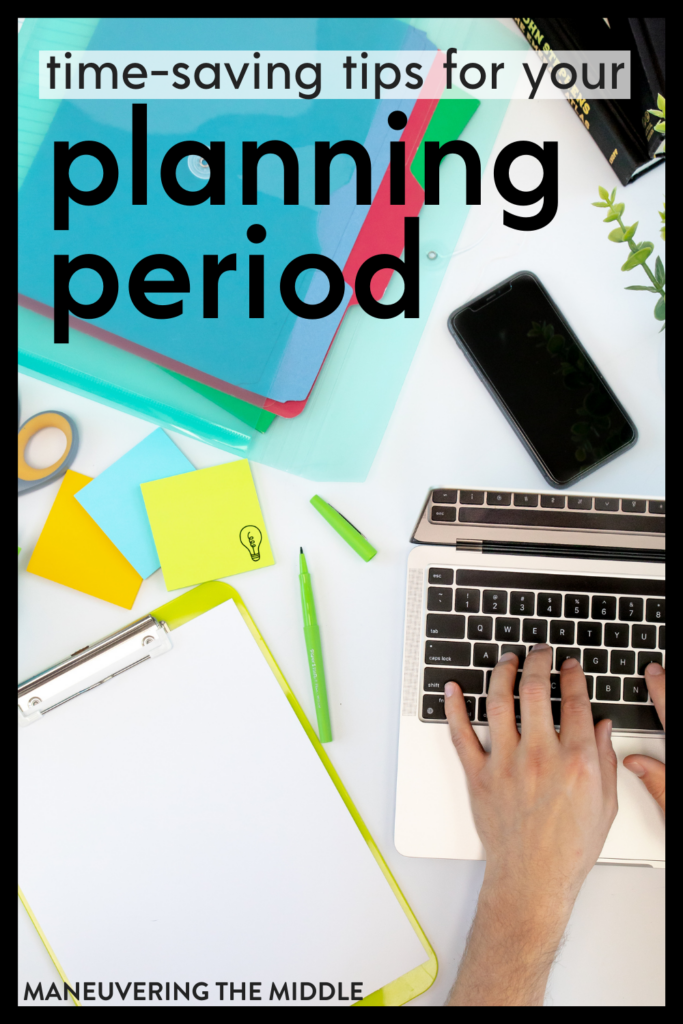

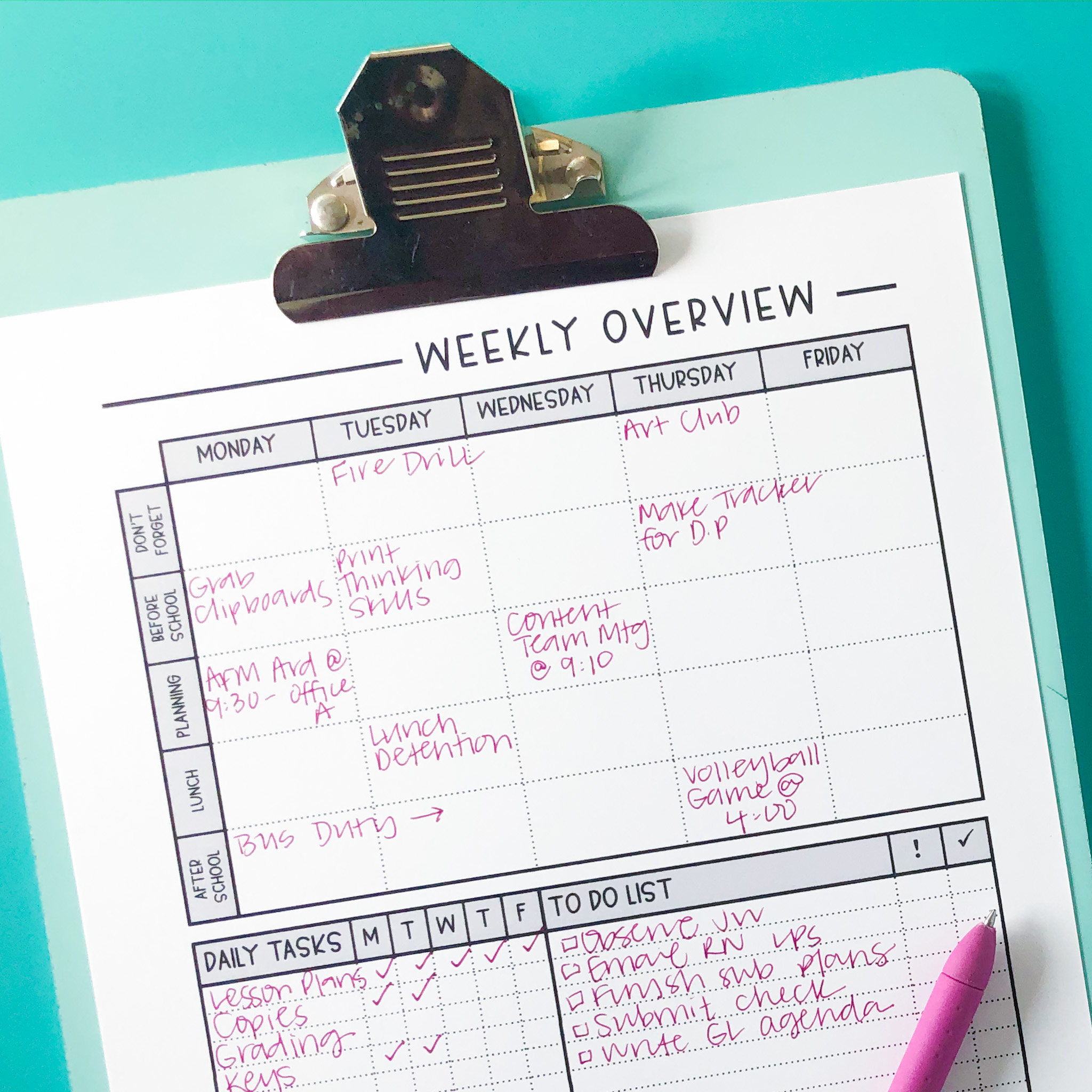
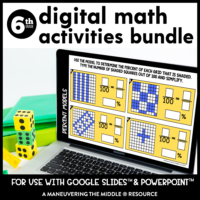
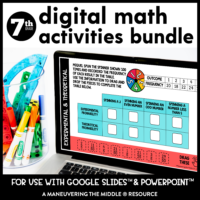
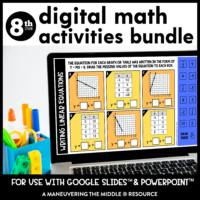
I chunk my tasks. Monday is grading and parent phone calls….Tuesday is…
This helps my mental state. I know what the tasks are that I need to get after. I have been doing this since I had my children.